Say I have an 18 AWG wire that can stand 2.7 A. I need to use it for a much higher current than its rating, about 80 A (pulsed current for a few milliseconds).
The wire will get hot more and more with each pulse over time.
So if I made a cooling system for it with a Peltier diode, would this increase its life span and prevent heating?
Can it hold out above its limit with this pulsed current?
Here is my circuit:
This is the coil:
V1 is a step up booster up to 390 V.
Wires used here are 10 AWG except
- wire of thyristor to B2 is 20 AWG
- coil wire is 18 AWG- 400 gram (not sure about length)
The coil wire resistance is 3.5 ohm. The capacitor will send about 80 A to the coil.
Can the coil wire withstand this current with a cooling system to cool the coil?

